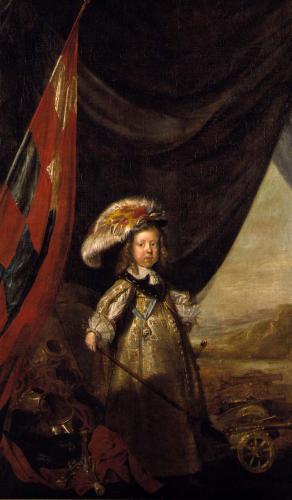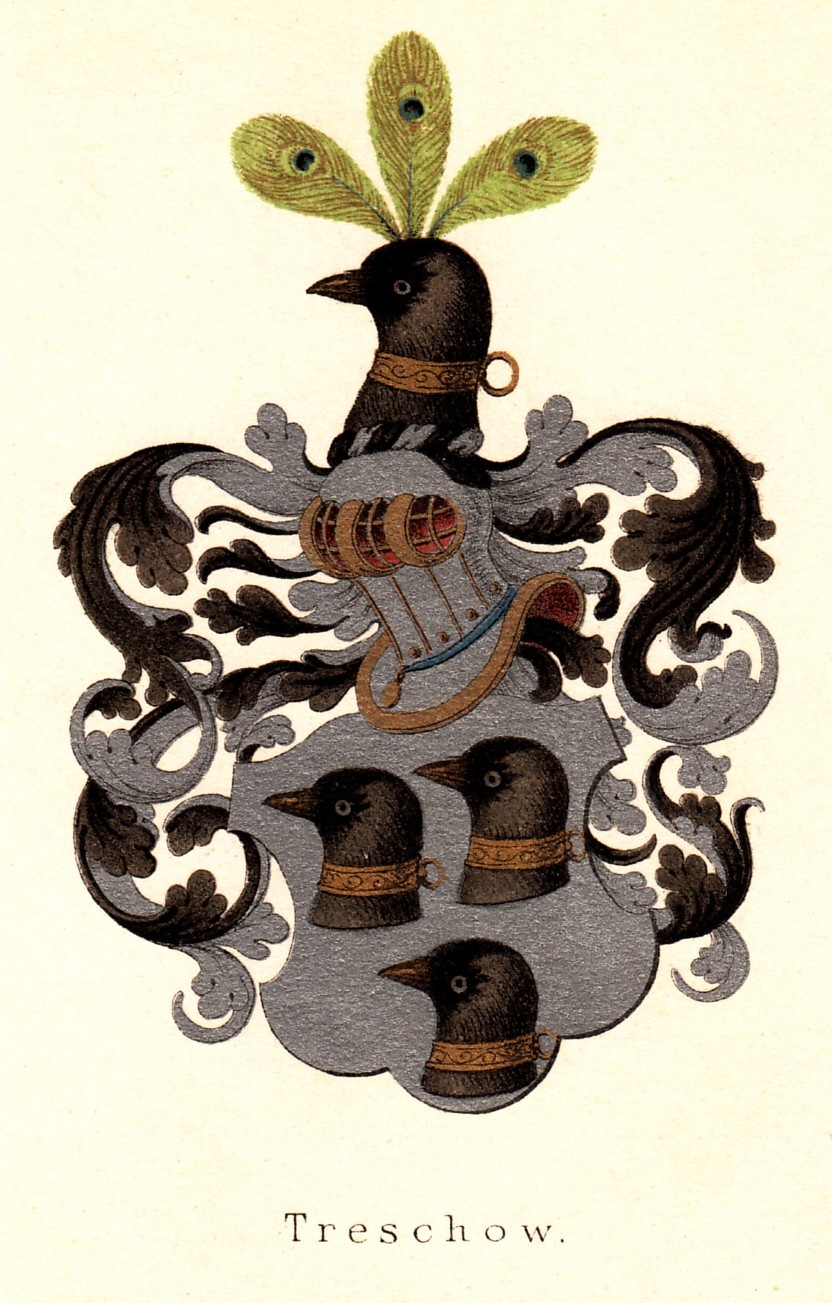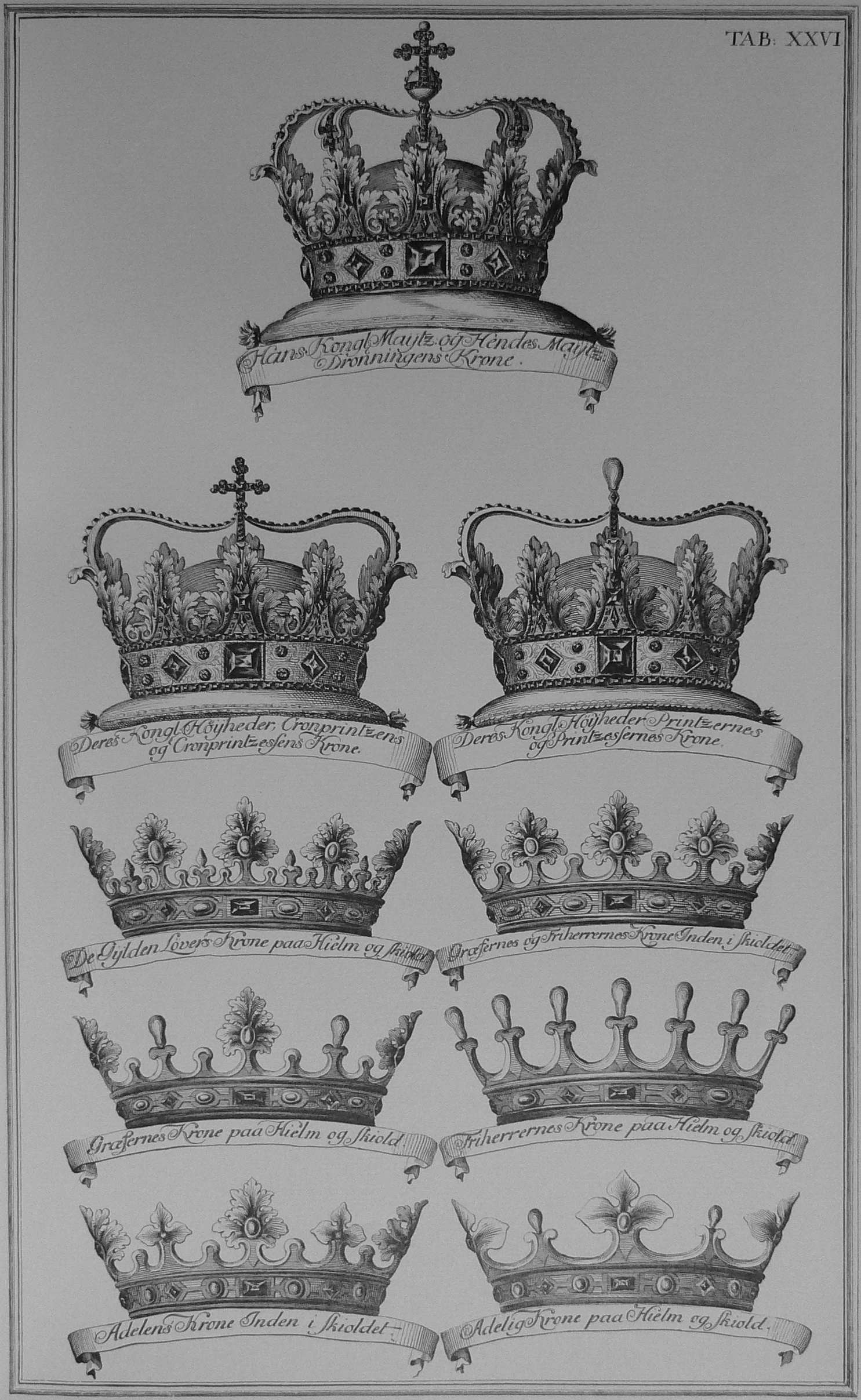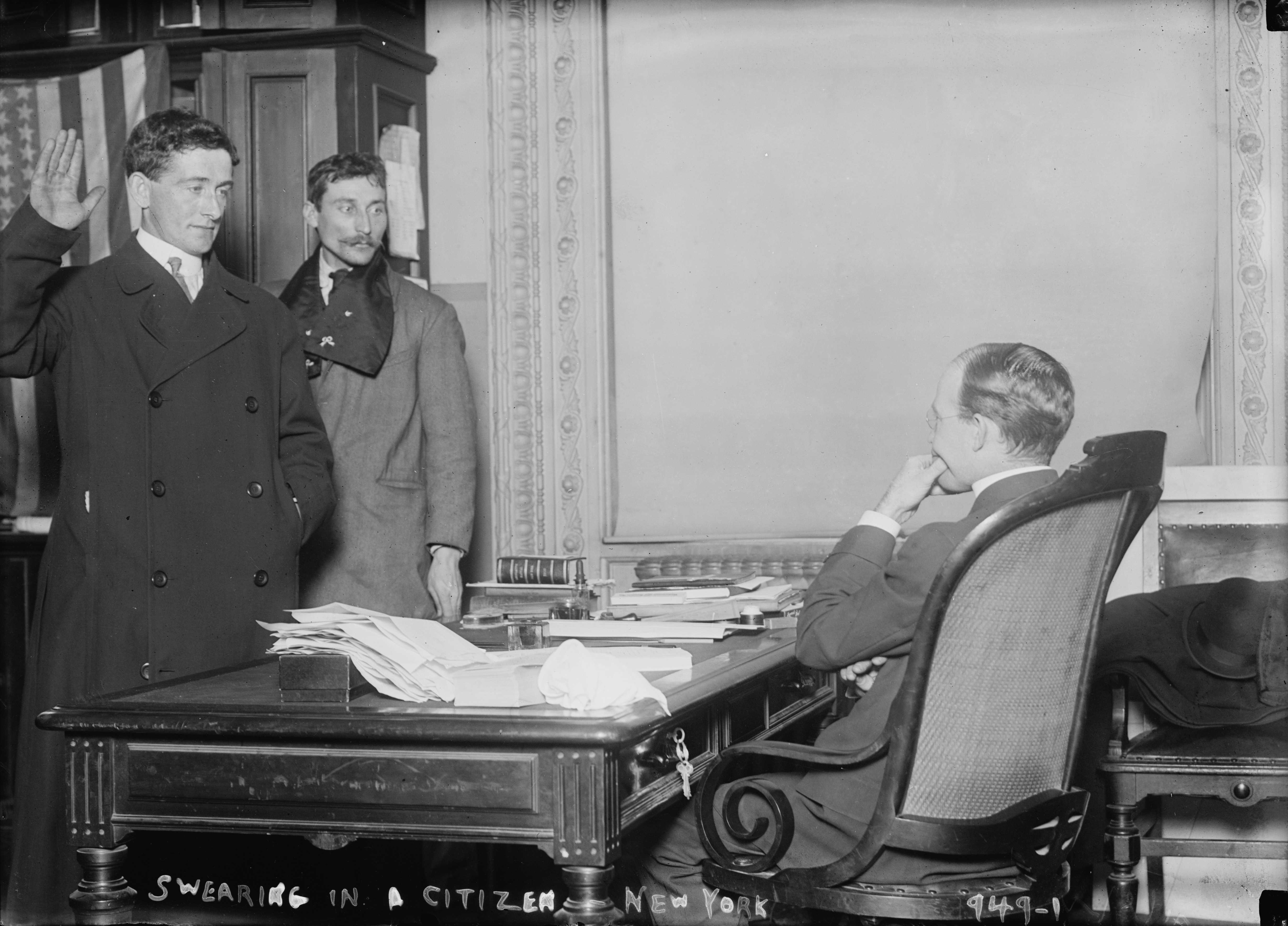|
Countship Of Larvik
The Countship of Larvik (also spelt Laurvig or Laurvigen) was created on 29 September 1671 when Brunla amt was made into the county of Laurvigen. It covered today's Larvik and Tjøme municipality, and parts of Sandefjord municipality (Sandar and Kodal). In 1821 the county was merged with Jarlsberg County to become Jarlsberg and Larvik amt. The county was created by king Christian V for general and ''Statholder'' (viceroy) of Norway, Ulrik Frederik Gyldenløve, illegitimate son of king Frederik III. Laurvig was intended to be the leading countship in Denmark-Norway: "''hvilket Grevskab skal for vores Rigers første Grevskab herefter holdes og agtes skal.''". The count's estate comprised the former Brunla, Fritsø and Halsen estates and the Lange family's former estate. It also included the towns of Larvik and Sandefjord, and significant industry: Fritzøe Ironworks and Fritzøe sawmill. Most of the count's properties are today owned by the Treschow family. Gyldenløve built a ma ... [...More Info...] [...Related Items...] OR: [Wikipedia] [Google] [Baidu] |
Larvik
Larvik () is a List of cities in Norway, town and Municipalities of Norway, municipality in Vestfold in Vestfold og Telemark Counties of Norway, county, Norway. The administrative centre of the municipality is the city of Larvik. The municipality of Larvik has about 46,364 inhabitants. The municipality has a 110 km coastline, only shorter than that of neighbouring Sandefjord. The city achieved market town status in 1671. Larvik was established as a municipality on 1 January 1838 (see formannskapsdistrikt). The city of Stavern, and the rural municipalities of Brunlanes, Hedrum, and Tjølling were forcefully merged into the municipality of Larvik on 1 January 1988. On 1 January 2018, neighboring Lardal was merged into Larvik as part of a nationwide municipal reform. After the merge, Larvik is the largest municipality in Vestfold by area, and the second-most populous municipality in the Vestfold district. Larvik is known as the hometown of Thor Heyerdahl. It is also home to ''B ... [...More Info...] [...Related Items...] OR: [Wikipedia] [Google] [Baidu] |
Tjøme
Tjøme () is an island in Færder, and a former municipality in Vestfold county, Norway. The administrative centre of the municipality was the village of Tjøme. The parish of ''Tjømø'' was established as a municipality on 1 January 1838 (see formannskapsdistrikt). Tjøme was the childhood holiday destination for writer Roald Dahl. It is the second-largest island in Vestfold County. General information Name The Old Norse form of the name was ''Tjúma''. The name of the island is probably very old, and the meaning is unknown. Prior to 1918, the name was spelled ''"Tjømø"''. Coat-of-arms The coat-of-arms is from modern times (1989). The arms show three silver-colored oarlocks on a blue background which represents the three islands Tjøme, Brøtsø and Hvasser. Geography Tjøme municipality is completely located on islands, the main island being the Tjøme island, where Kirkebygda (the community center) is located, along with the shops, schools and restaurants. There are a ... [...More Info...] [...Related Items...] OR: [Wikipedia] [Google] [Baidu] |
Sandefjord
Sandefjord () is a city and the most populous municipality in Vestfold og Telemark county, Norway. The municipality of Sandefjord was established on 1 January 1838. The municipality of Sandar was merged into Sandefjord on 1 January 1969. On 1 January 2017, rural municipalities of Andebu and Stokke were merged into Sandefjord as part of a nationwide municipal reform. This merger was the first one to take place during the reform. The city is known for its rich Viking history and the prosperous whaling industry, which made Sandefjord the richest city in Norway.Porter, Darwin and Danforth Prince (2003). ''Frommer's Norway''. Wiley. p. 158. . Today, it has built up the third-largest merchant fleet in Norway. It is home to Europe's only museum dedicated to whaling, and is home to Gokstad Mound where the 9th century Gokstad Ship was discovered. Sandefjord has numerous nicknames, including the Viking, Whaling "capital" of Norway or as the undisputed summer city of Norway. The city i ... [...More Info...] [...Related Items...] OR: [Wikipedia] [Google] [Baidu] |
Christian V Of Denmark
Christian V (15 April 1646 25 August 1699) was king of Denmark and Norway from 1670 until his death in 1699. Well-regarded by the common people, he was the first king anointed at Frederiksborg Castle chapel as absolute monarch since the decree that institutionalized the supremacy of the king in Denmark-Norway. Christian fortified the absolutist system against the aristocracy by accelerating his father's practice of allowing both Holstein nobles and Danish and Norwegian commoners into state service. As king, he wanted to show his power as absolute monarch through architecture, and dreamed of a Danish Versailles. He was the first to use the 1671 Throne Chair of Denmark, partly made for this purpose. His motto was: ''Pietate et Justitia'' (With piety and justice). Biography Early years Prince Christian was born on 15 April 1646 at Duborg Castle in the city of Flensburg, then located in the Duchy of Schleswig. He was the first legitimate child born to the then Prince Frede ... [...More Info...] [...Related Items...] OR: [Wikipedia] [Google] [Baidu] |
Viceroy
A viceroy () is an official who reigns over a polity in the name of and as the representative of the monarch of the territory. The term derives from the Latin prefix ''vice-'', meaning "in the place of" and the French word ''roy'', meaning "king". He has also been styled the king's lieutenant. A viceroy's territory may be called a viceroyalty, though this term is not always applied. The adjective form is ''viceregal'', less often ''viceroyal''. The term ''vicereine'' is sometimes used to indicate a female viceroy ''suo jure'', although ''viceroy'' can serve as a gender-neutral term. Vicereine is more commonly used to indicate a viceroy's wife. The term has occasionally been applied to the governors-general of the Commonwealth realms, who are ''viceregal'' representatives of the monarch. ''Viceroy'' is a form of royal appointment rather than noble rank. An individual viceroy often also held a noble title, however, such as Bernardo de Gálvez, 1st Viscount of Galveston, who was ... [...More Info...] [...Related Items...] OR: [Wikipedia] [Google] [Baidu] |
Ulrik Frederik Gyldenløve
Ulrik Frederik Gyldenløve, Count of Laurvig (20 July 1638 – 17 April 1704) was Governor-general of Norway (''Stattholdere i Norge'') from 1664–1699. He was the leading general in Norway during the Scanian War, whose Norwegian leg is conventionally named the Gyldenløve War after him. Early life Gyldenløve was born in Bremen, Germany, the illegitimate son of Prince Frederick, later King Frederick III of Denmark, who was at the time Prince-Archbishop of Bremen and coadjutor of the Bishopric of Halberstadt. His mother was Margrethe Pape, (1620–1684) who was made Baronesse of Løvendal by King Christian IV on September 15 that same year. When his father became King of Denmark-Norway in 1648, Ulrik Frederik assumed the surname Gyldenløve which was used by illegitimate sons of Danish kings. During the first half of the 1650s, he traveled in Europe, visiting France, Italy and Spain. He attended the University of Siena in 1654 and in Rome in 1655. On 21 August 1655 he b ... [...More Info...] [...Related Items...] OR: [Wikipedia] [Google] [Baidu] |
Frederick III Of Denmark
Frederick III ( da, Frederik; 18 March 1609 – 9 February 1670) was King of Denmark and Norway from 1648 until his death in 1670. He also governed under the name Frederick II as diocesan administrator (colloquially referred to as prince-bishop) of the Prince-Bishopric of Verden (1623–29 and again 1634–44), and the Prince-Archbishopric of Bremen (1635–45). The second-eldest son of Christian IV and Anne Catherine of Brandenburg, Frederick was only considered an heir to the throne after the death of his older brother Prince Christian in 1647. He instituted absolute monarchy in Denmark-Norway in 1660, confirmed by law in 1665 as the first in Western historiography. He also ordered the creation of the Throne Chair of Denmark. In order to be elected king after the death of his father, Frederick conceded significant influence to the nobility. As king, he fought two wars against Sweden. He was defeated in the Dano-Swedish War of 1657–1658, but attained great popularit ... [...More Info...] [...Related Items...] OR: [Wikipedia] [Google] [Baidu] |
Treschow Family
Treschow is a family originating in Denmark and with branches in Norway and Sweden. The family name means "wooden shoe-maker" and the family later counted many merchants in the 17th century and priests in the 18th century. A member of the family, Michael Treschow, bought the status of untitled (lower) nobility in Denmark in 1812, although Norway, where he was resident, abolished the concept of nobility only a few years later. Members of this family have been industrialists and landowners, notably in Vestfold. General history Origin The family may be followed back to Niels Hansen († 1593), who lived in Næstved, Denmark. His son was Rasmus Nielsen Træskomager († 1633). He and many of his descendants were merchants. His son Giort Rasmussen Treschow (ca. 1623–1665) was a shipowner and a merchant. The family came to Norway with Giort Treschow's sons Gerhard Treschow (ca. 1659–1719), an industrialist who ran a shipping company, a sawmill and a papermill in Oslo, and Herma ... [...More Info...] [...Related Items...] OR: [Wikipedia] [Google] [Baidu] |
Gyldenløve
Gyldenløve, was a surname for several illegitimate children of House of Oldenburg, Oldenburg kings of Denmark-Norway in the 17th century. Kings The surname Gyldenløve was given to the sons of the following Dano-Norwegian kings: * Christian IV of Denmark (1588–1648) * Frederick III of Denmark, Frederick III (1648–1670) * Christian V of Denmark, Christian V (1670–1699) Christian IV Christian IV had many illegitimate children by various mistresses. Three of his illegitimate sons were officially recognised and given the surname Gyldenløve: * Christian Ulrik Gyldenløve, Christian Ulrik (1611–1640) by Kirsten Madsdatter * Hans Ulrik Gyldenløve, Hans Ulrik (1615–1645) by Karen Andersdatter * Ulrik Christian Gyldenløve (1630-1658), Ulrik Christian (1630–1658) by Vibeke Kruse Frederick III Frederick III fathered Ulrik Frederick Gyldenløve, Ulrik Frederick (1638–1704) by Margrethe Pape, who was also acknowledged and given the surname Gyldenløve. Ulrik Frederick e ... [...More Info...] [...Related Items...] OR: [Wikipedia] [Google] [Baidu] |
Naturalisation
Naturalization (or naturalisation) is the legal act or process by which a non-citizen of a country may acquire citizenship or nationality of that country. It may be done automatically by a statute, i.e., without any effort on the part of the individual, or it may involve an application or a motion and approval by legal authorities. The rules of naturalization vary from country to country but typically include a promise to obey and uphold that country's laws and taking and subscribing to an oath of allegiance, and may specify other requirements such as a minimum legal residency and adequate knowledge of the national dominant language or culture. To counter multiple citizenship, some countries require that applicants for naturalization renounce any other citizenship that they currently hold, but whether this renunciation actually causes loss of original citizenship, as seen by the host country and by the original country, will depend on the laws of the countries involved. The mas ... [...More Info...] [...Related Items...] OR: [Wikipedia] [Google] [Baidu] |
Ferdinand Anton Danneskiold-Laurvig
Ferdinand Anton Danneskiold-Laurvig (or Laurwigen; 1 July 1688 – 18 September 1754), count of Larvik, ''Gehejmekonferensråd'' ( Privy Councillor) and director of the Danish West India Company from 1723. Early life and education The son of Ulrik Frederik Gyldenløve and Augusta af Aldenburg, Ferdinand Anton was born on 1 July 1688 at the Gyldenløve Mansion on Kongens Nytorv in Copenhagen. From an early age he was appointed as Chamberlain. In 1714 he became avener. Property When his father died in 1704 he inherited several large estates, including the County of Laurvig in Norway and Herzhorn in Schleswig-Holstein. He also received Gyldenløve's Little Mansion on Bredgade in Copenhagen. In the early 1720s he altered the house with the assistance of the architect Johan Cornelius Krieger Johan Cornelius Krieger (1683–1755) was a Danish architect and landscape architect, who from the 1720s served as both the country's chief architect, and head of the royal gardens. Krie ... [...More Info...] [...Related Items...] OR: [Wikipedia] [Google] [Baidu] |

.jpg)







